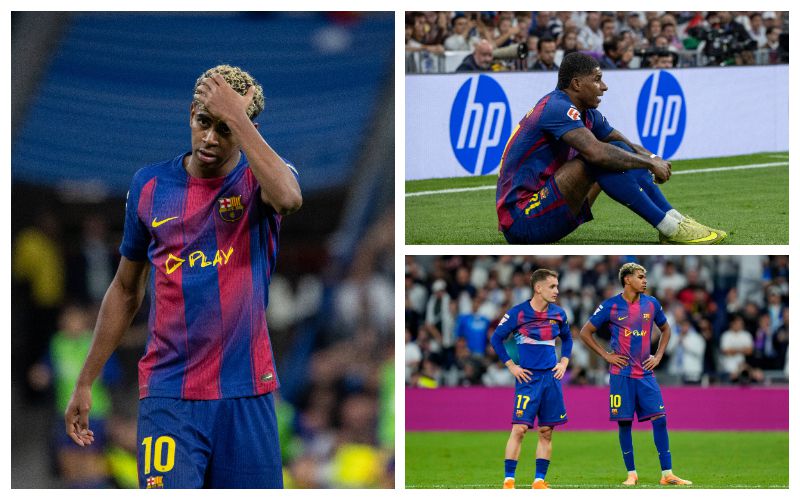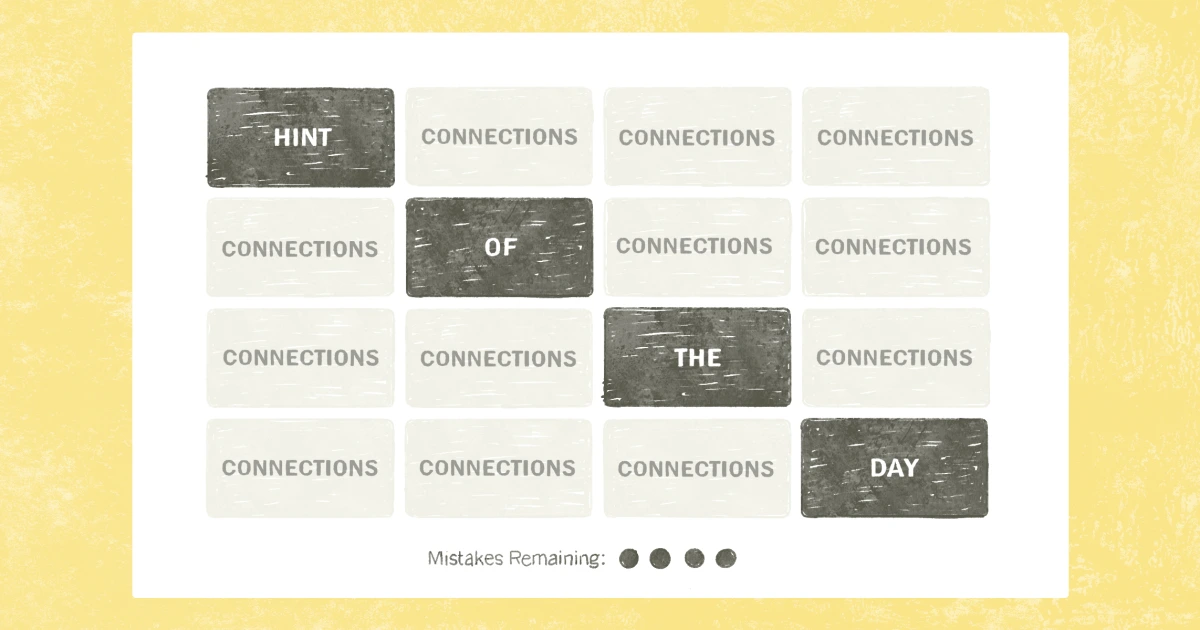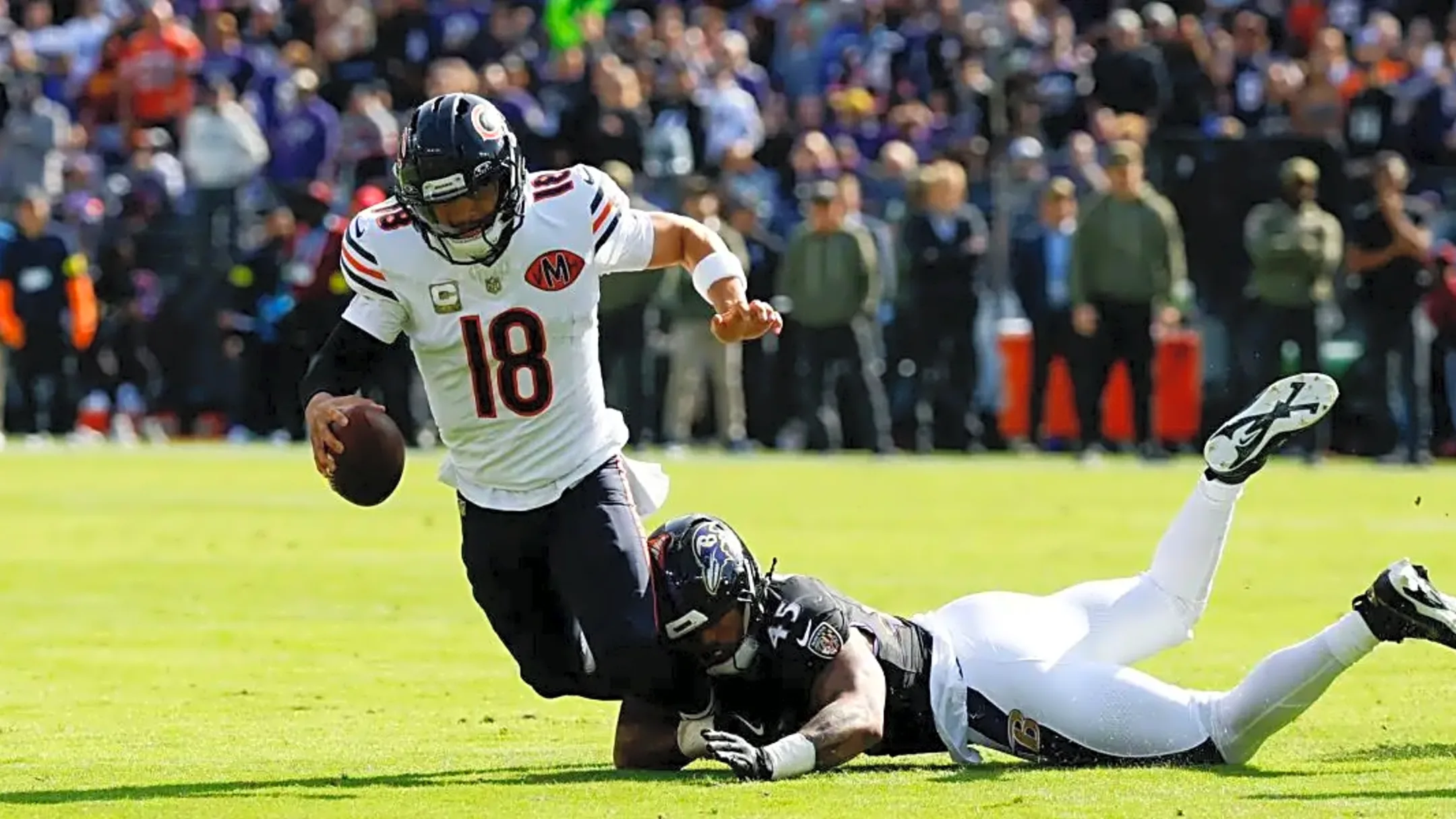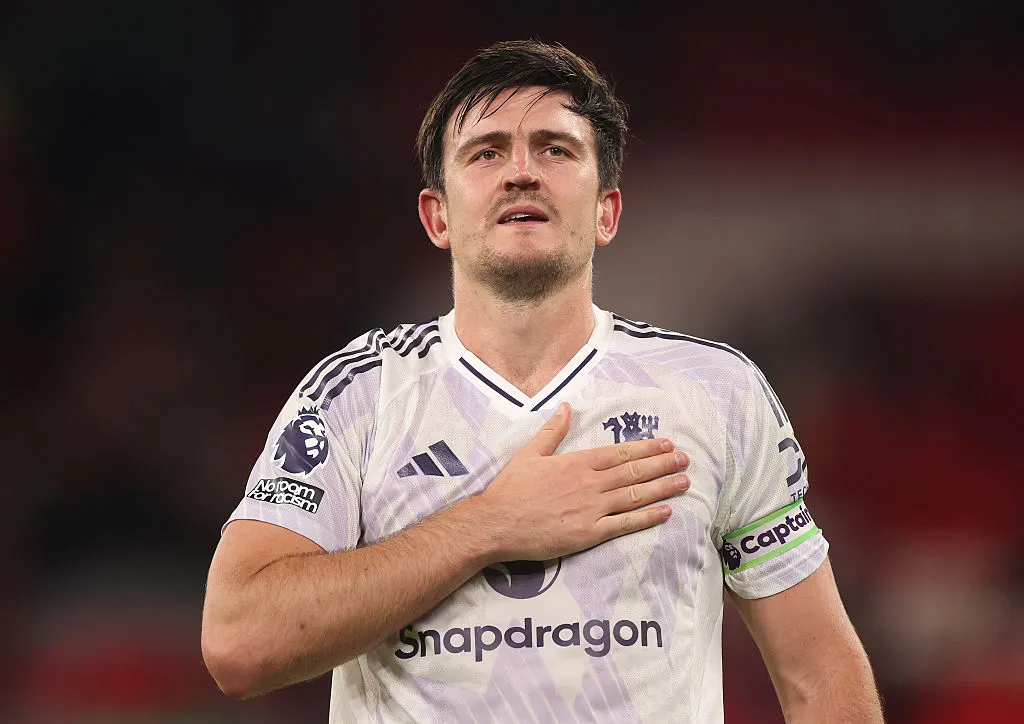Copyright independent
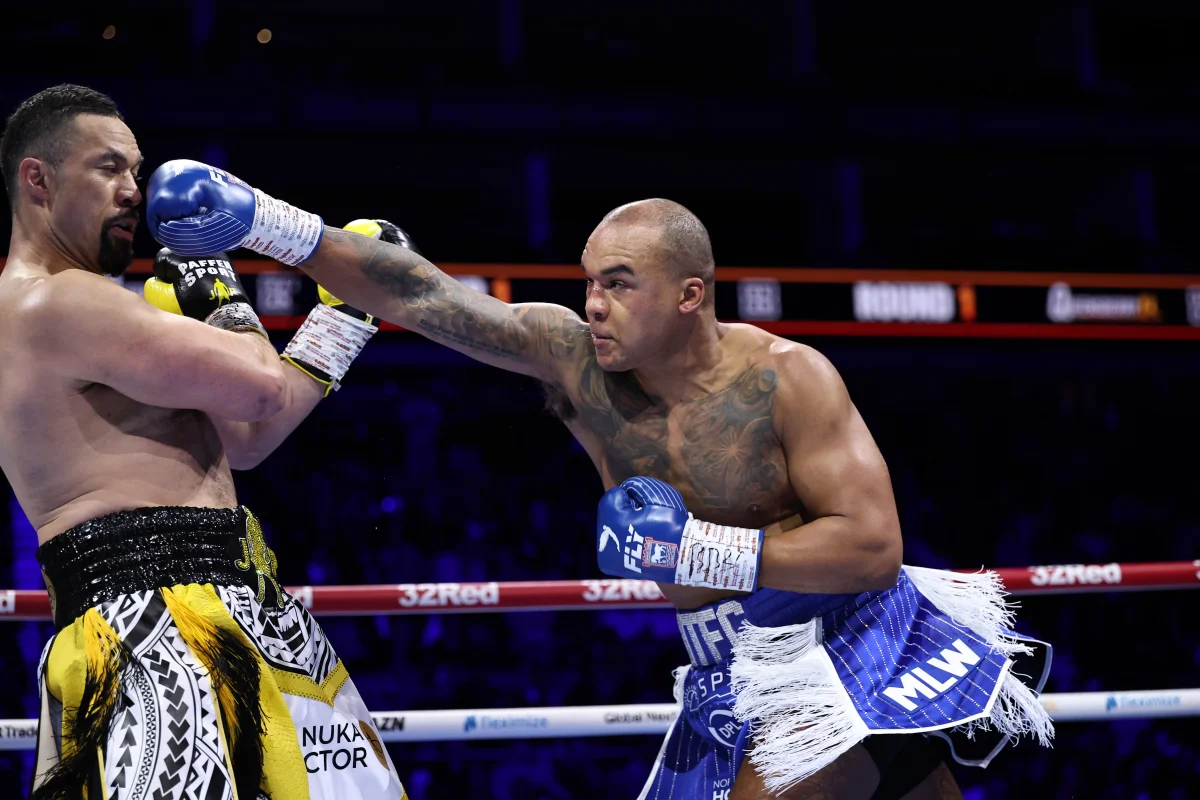
Joseph Parker took a big risk in facing Fabio Wardley on Saturday night and the gamble backfired as he slipped to a 11th-round stoppage defeat at the O2 Arena. The former world champion should be commended for taking on a difficult opponent when he was on the brink of a world title shot against Oleksandr Usyk, but criticism was always going to arise if things went awry. Parker’s approach had to be spot on to minimise the danger of losing his mandatory status to Wardley - but what went wrong for the 33-year-old? Subscribe to DAZN now to watch over 185 fights a year Heavyweight fights are exciting based on the fact that either man has enough power to end a bout with a single punch. Parker will be the biggest believer in his own knockout ability, but he surely would have been wary of Wardley's record of ending fights in an instant. Still, the interim champion was more than happy to trade, and to his credit, he clearly hurt and wobbled Wardley on multiple occasions. Both fighters proved they had a chin time and time again. He had opportunities to learn that Wardley was not going to fold after heavy pressure. After doing well to recover from Wardley’s onslaught in the second round, Parker found himself getting involved in a slugfest with the younger, more powerful man. There were little complaints from fight fans that were given an entertaining duel, but Parker surely would have realised he had more success when Wardley was unable to open up. Although he had shown that he was willing to clinch and tie up Parker, Wardley’s go-to defence was to let fly with his own punches. That became even more apparent as the fight went on, with Wardley preferring to meet fire with fire. The Brit’s volume and power would pose any heavyweight a problem, but he struggled to get into the flow when Parker worked behind the jab, popping in and scurrying away. Every time Parker went for a flurry of his own, he enabled Wardley to respond, often completely turning momentum. Too many times it appeared Parker was about to turn the screw, only for Wardley to land big hits of his own and flip the script. As evidenced by the scorecards, which read 98-92, 96-94, and 95-95 in favour of the Kiwi, there was no need for Parker to maintain the scrappy nature of the contest. It should be said that Wardley stepped up the aggression to secure a knockout in round 11, but the Kiwi had already proven he was tough enough to withstand Wardley in short bursts. However, he had taken heavy damage from Wardley earlier in the fight, leaving him ill-equipped to deal with the final flurry. Decisions out of the ring potentially cost Parker just as much as those made inside it. By weighing in at 262.5lbs, Parker was at the second-highest weight of his career. Although still capable of outboxing Wardley, Parker was not as nimble, and quickly tired as the contest went on. The heavy exchanges with Wardley would have tired him out even sooner, leaving him sluggish and unable to physically deal with his opponent prior to the stoppage. It could be inferred that the gameplan was to get into a shootout with Wardley, evidenced by Parker’s size and weight. If that was the case, it would be a head-scratching decision, with the New Zealander sacrificing his natural pace and footwork advantage over Wardley to fight his opponent’s power-reliant game. Parker’s added size might have been based on taking that edge in boxing ability for granted. After all, Aussie Justis Huni was two rounds away from a wide points decision victory over Wardley before walking onto a straight right in June. The vastly more experienced Parker would have felt that he was not going to be caught out like that. But Wardley was vastly improved in the basics, putting together a jab that commanded Parker’s respect, rather than allowing his opponent to dance around him. Although Parker was still the better boxer when it came to point scoring, it did not go all his own way. Perhaps this produced a chicken-and-egg scenario - knowing that he could not easily outbox Wardley, Parker decided to turn the contest into a straight shootout. This then left Parker too tired later on to stay mobile and pick Wardley off, leading to even more exchanges. By then Parker had little energy left to remain active around the ring, instead having to stand and trade. Of course, even the best-laid of plans are prone to being derailed by minute, unfortunate incidents. At the start of the 11th round Parker found himself cut around the nose, blood trickling into his eye. He was clearly made uncomfortable by that development, pawing at it as Wardley stalked him around the ring. Soon after the cut opened, Parker was blitzed by his opponent, Wardley using the confusion and disorientation to get to work. The challenger, prone to blemishes and bleeding around the nose, was cut in a similar way himself at the start of the fight, but fortunately for Wardley there was no obvious impediment to his vision. In fact, his cut team in the corner did a fantastic job of patching it up such that it was not a factor for the rest of the bout. Parker never got the chance to get back to the corner and clean up his own cut. A lot has been made about the stoppage perhaps being called early as Howard Foster stepped in after seeing enough. In the second round Parker had been in a similar spot, managing to buy himself time with his mouth guard coming out with 31 seconds remaining. Perhaps that was proof he could have survived Wardley’s final attack, but Parker’s hands were getting feeble, both when thrown and when put into a guard. However, if the argument of an early stoppage is made, then it should be pointed out that Parker has the responsibility to prove that he could continue. He briefly threw something back seconds before the stoppage as he got off the ropes, but quickly he was backtracking, his hands all over the place as Wardley resumed his assault. Parker looked bewildered in the lead-up to being pinned on the ropes; staggering around and chased from one side of the ring to the other. At no point did he make a concentrated effort to tie up Wardley, who was allowed to keep throwing - until the referee brought a halt to proceedings. DAZN is the home of combat sports, broadcasting over 185 fights a year from the world's best promoters, including Matchroom, Queensberry, Golden Boy, Misfits, PFL, BKFC, GLORY and more. An Annual Saver subscription is a one-off cost of £119.99 / $224.99 (for 12 months access), that's just 64p / $1.21 per fight. There is also a Monthly Flex Pass option (cancel any time) at £24.99 / $29.99 per month. A subscription includes weekly magazine shows, comprehensive fight library, exclusive interviews, behind-the-scenes documentaries, and podcasts and vodcasts. For pricing in your country, more information and to sign up, click here.
